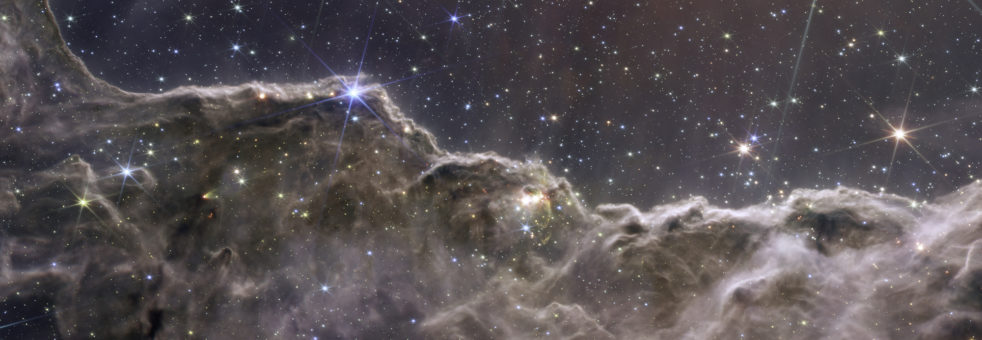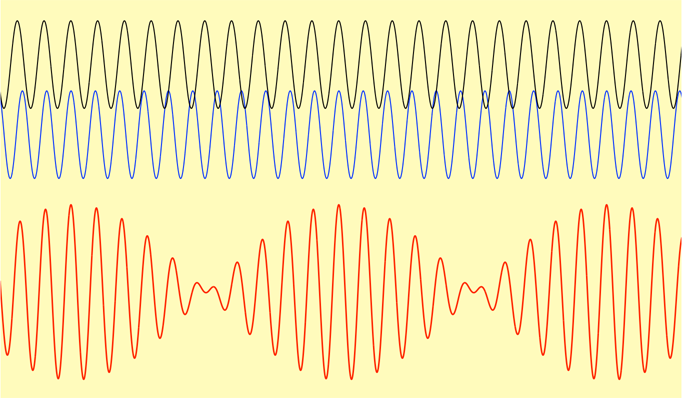Beyond the Standard Model – sliver of reality?
[Draft] [Beyond series] 2’s day. So, what’s the evidence that the Standard Model is incomplete? This Symmetry Magazine article cites some examples of why physicists seek something beyond the Standard Model. Is it convincing? • Symmetry Magazine > “Beyond the Standard Model” by Katrina Miller (02/22/2022) – The Standard Model is a quite successful best… Continue reading Beyond the Standard Model – sliver of reality?


